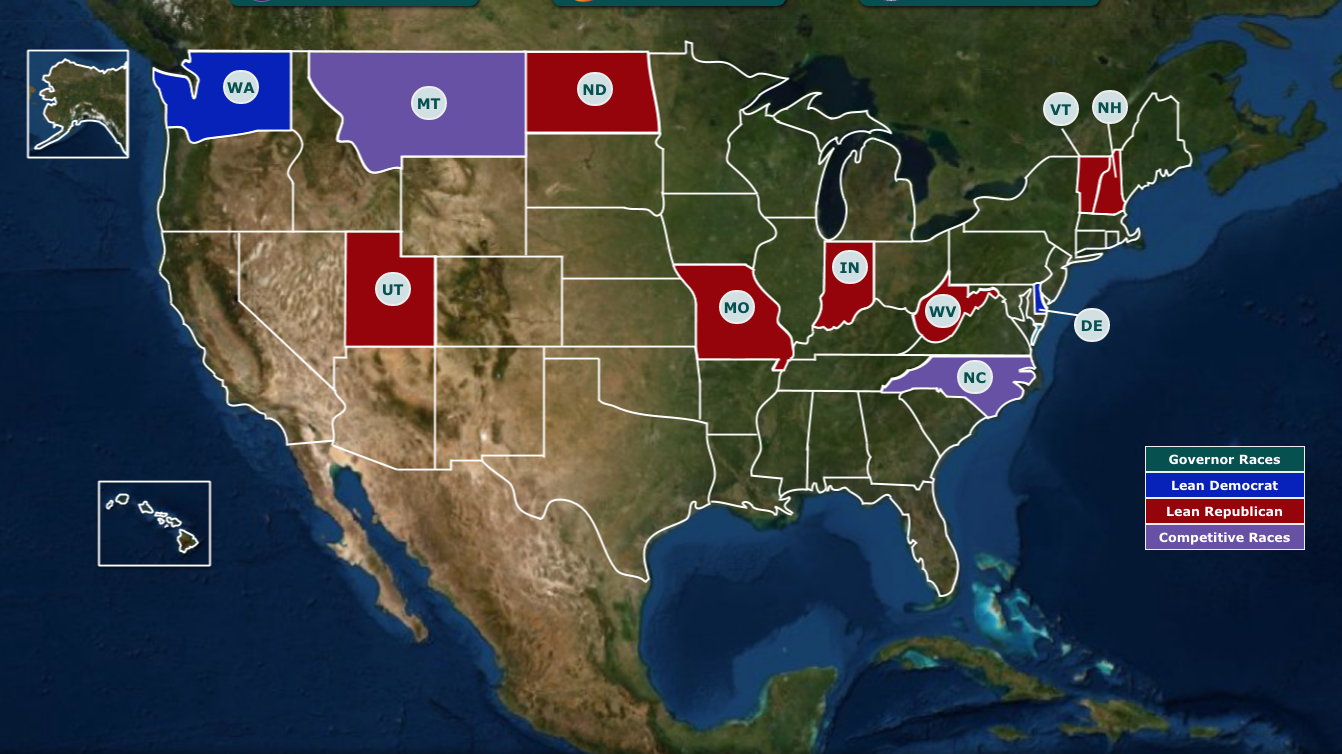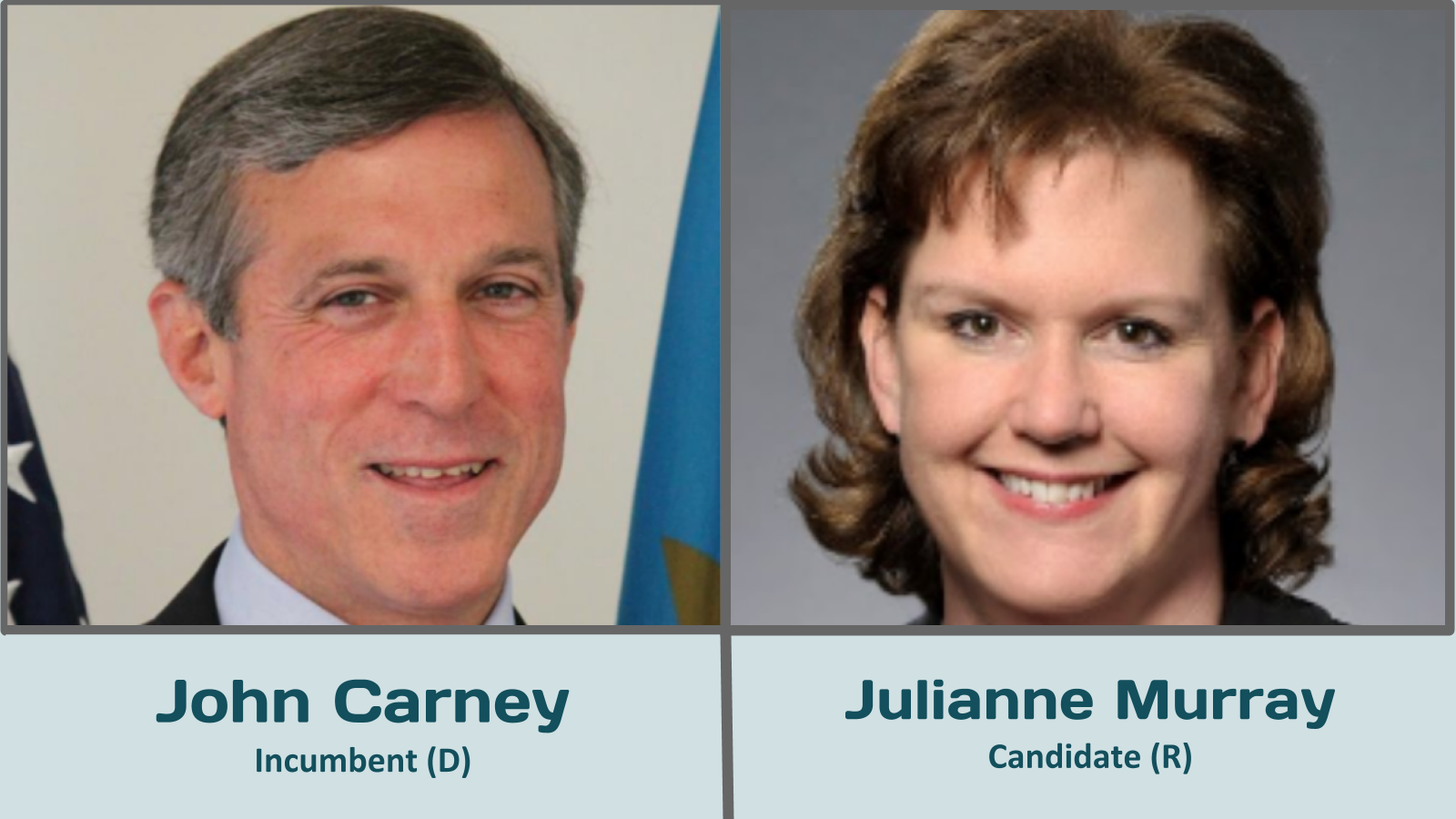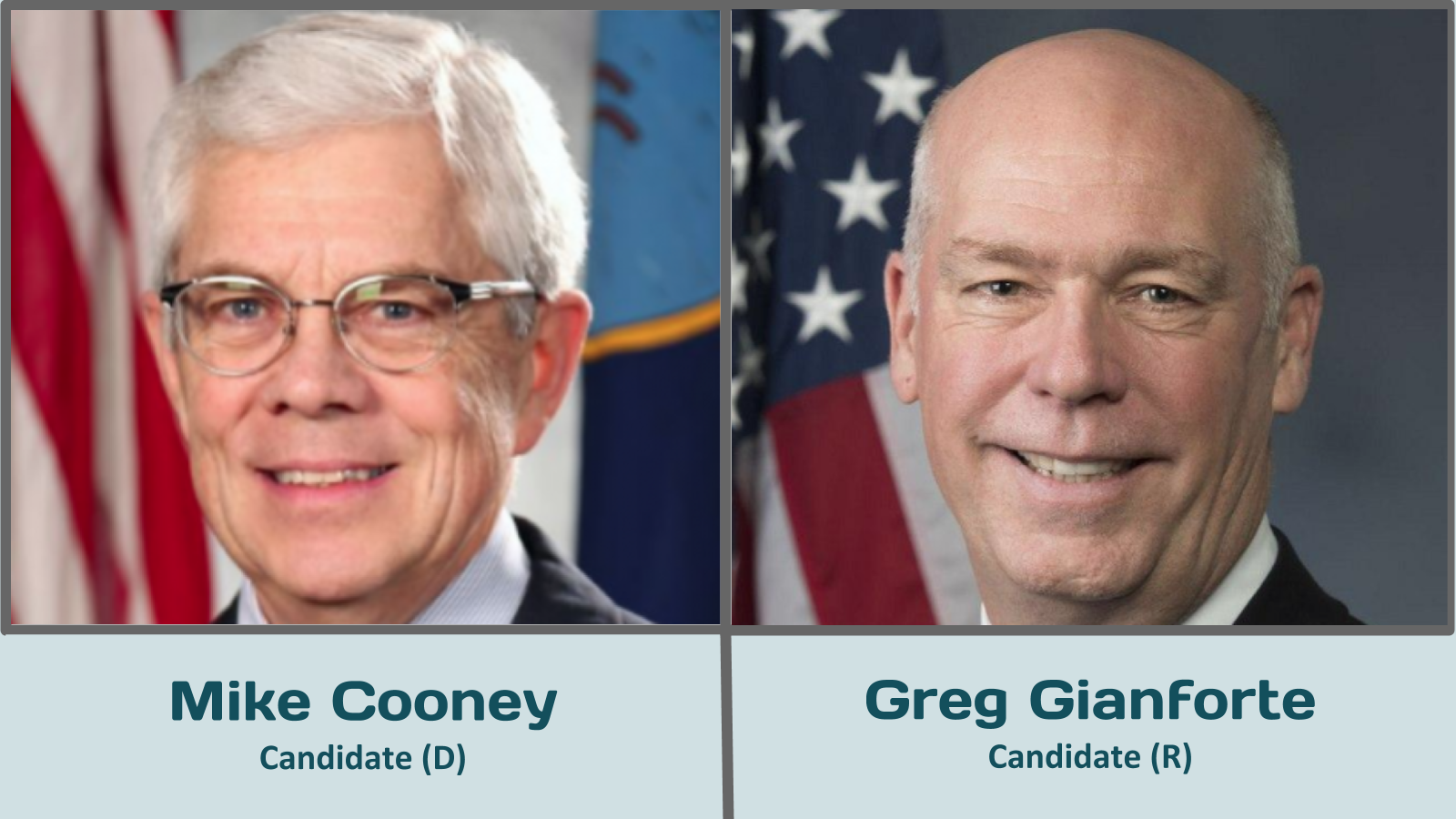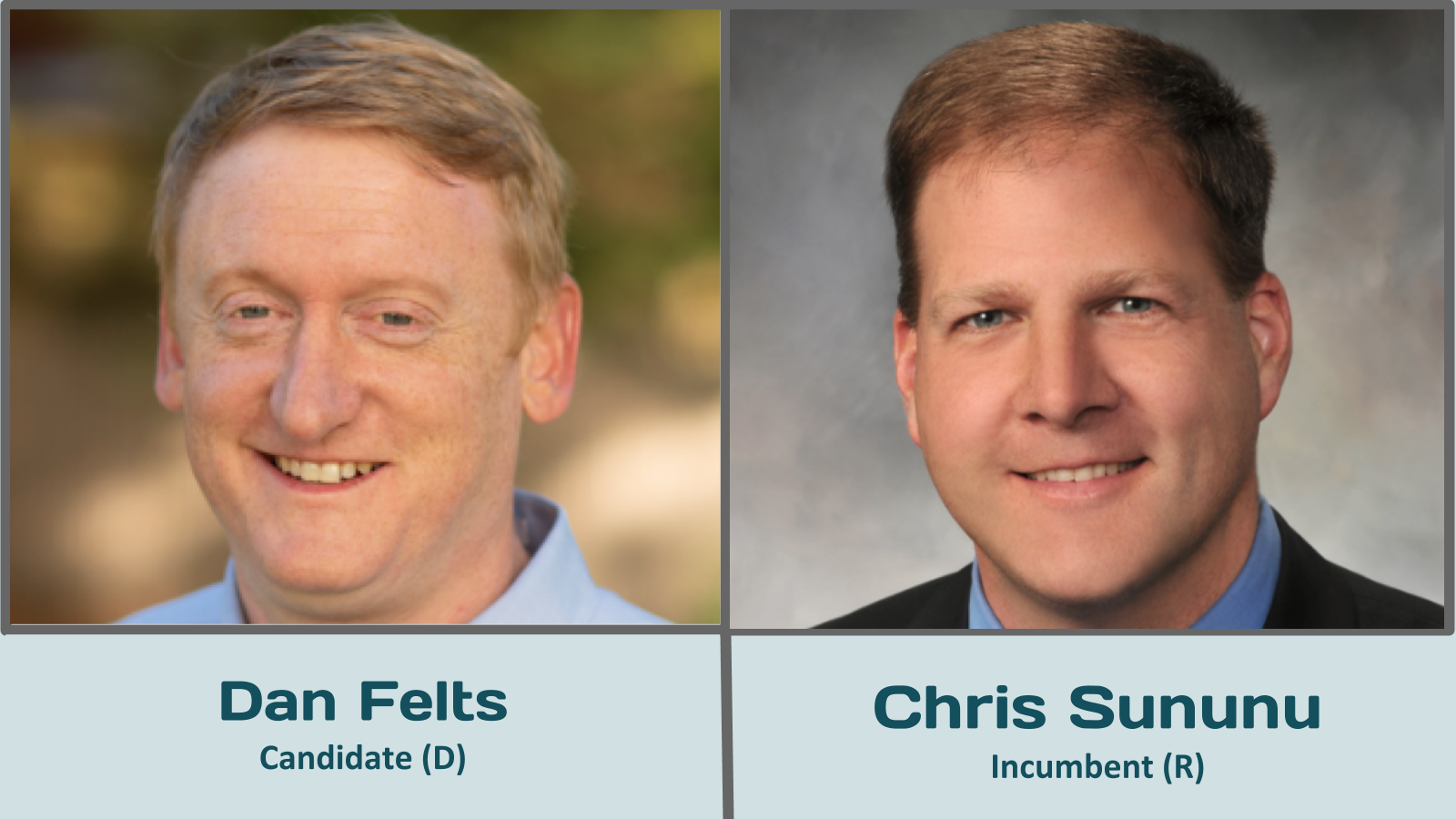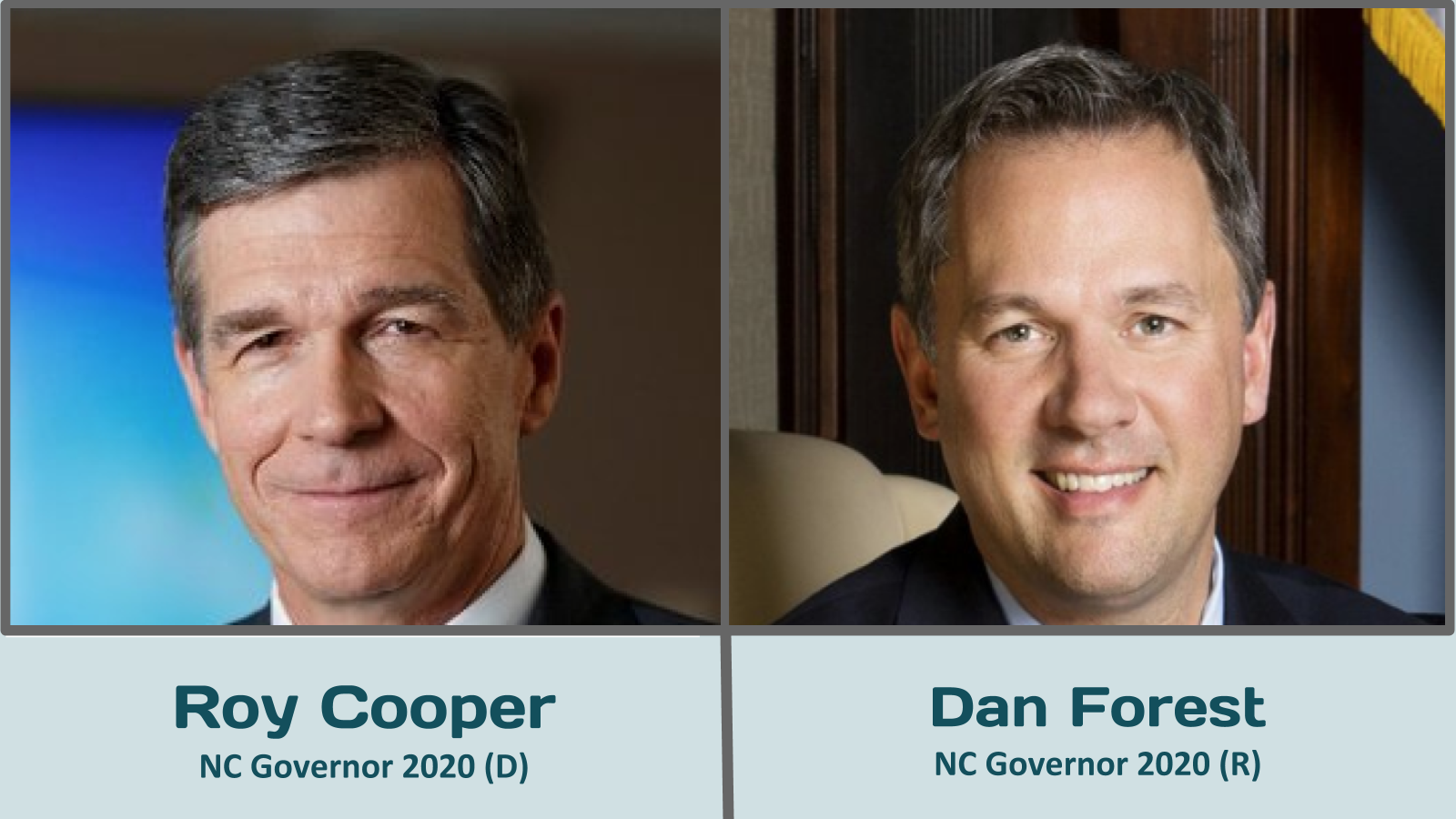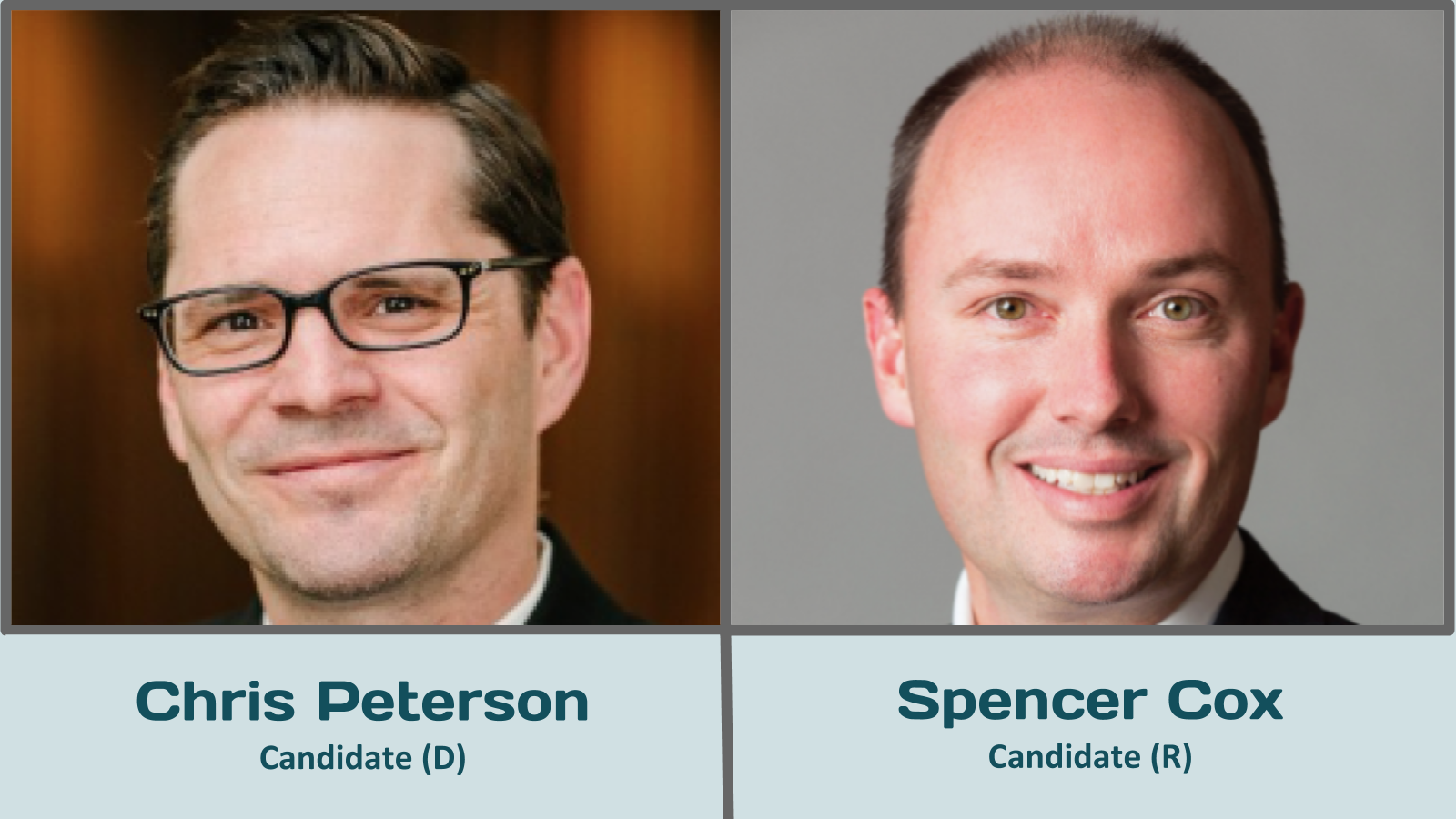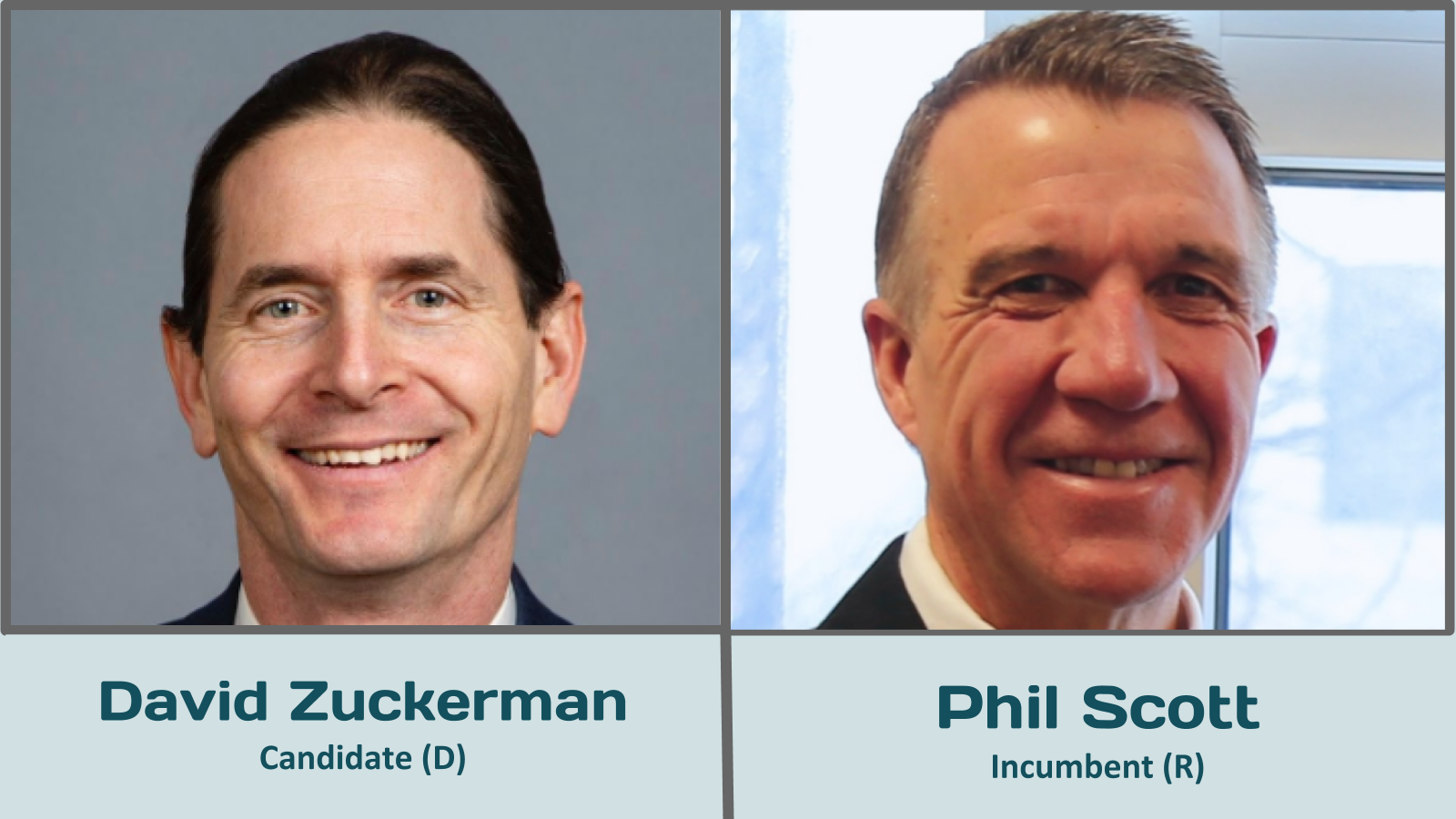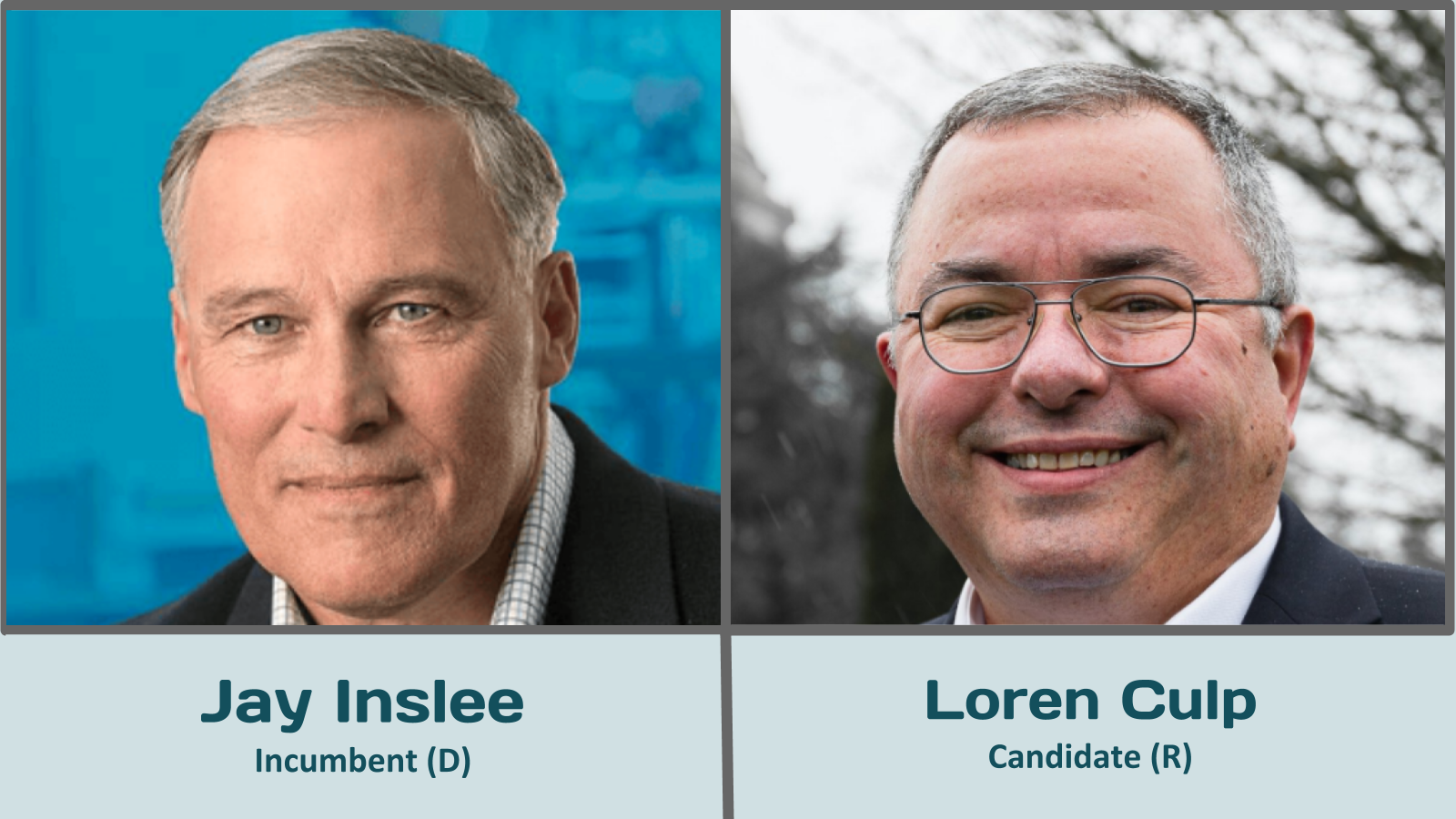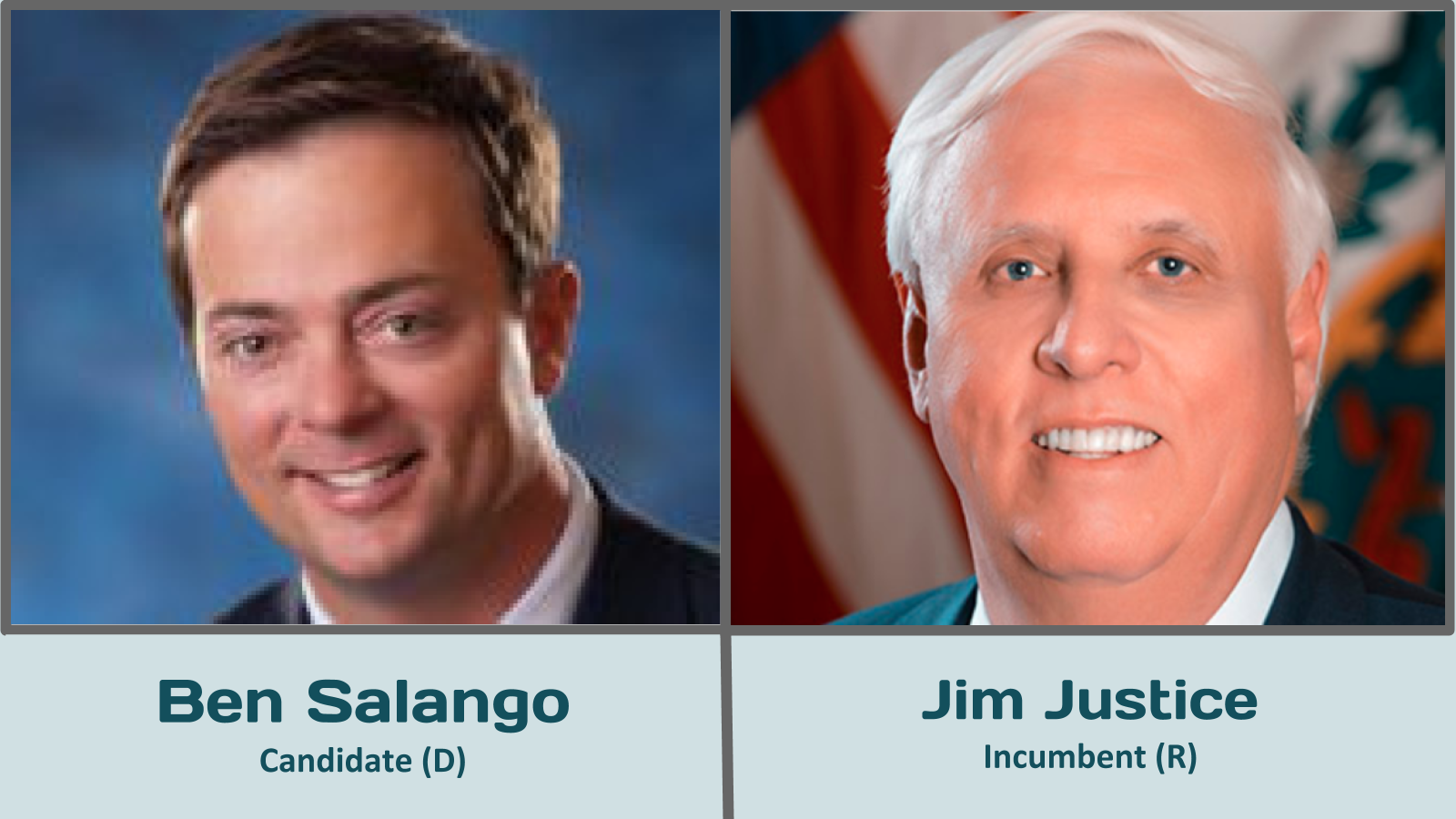Montana is considered the most competitive race in this cycle and is rated a tossup by all major pundits. Incumbent Democratic governor Steve Bullock is term-limited, but his lieutenant governor, Mike Cooney, a longtime political figure in the state, is the Democratic nominee. The Republican nominee is Montana at-large congressman Greg Gianforte, who is a controversial figure because he was arrested for body-slamming a reporter the day of a 2017 special election. North Carolina is the next most competitive race, as it is a Republican-leaning state with a Democratic governor, Roy Cooper, meaning that Cooper faces a tough reelection, though most forecasters give the race a Democratic lean as Cooper has high approval ratings.
Vermont and New Hampshire are both races that could become competitive seeing as they are Democratic states with Republican governors in a presidential year. Republican incumbents Phil Scott and Chris Sununu are ranked among the most popular governors in the United States; however, Phil Scott has said he will not be voting for President Trump, while Chris Sununu has welcomed the President to New Hampshire. In Missouri, Republican incumbent Mike Parson assumed office after the resignation of Eric Greitens, and his lack of name recognition and unpopularity could make his race against state auditor Nicole Galloway, Missouri’s only Democratic statewide office holder, competitive, though most forecasters still rate the race as likely Republican due to Missouri’s heavy Republican lean. West Virginia’s gubernatorial race was seen as safe for Republicans because the state heavily leans Republican, but recent forecasts now[when?] rate it as likely Republican due to corruption allegations against incumbent Jim Justice that have led to rising unpopularity. Justice will face centrist Democrat Ben Salango, who is endorsed by U.S. senator Joe Manchin.
The gubernatorial races in Delaware and Washington are seen as safe for Democrats, while Indiana, North Dakota, and Utah are seen as safe for Republicans.
Source: Wikipedia
OnAir Post: 2020 Governor Races
